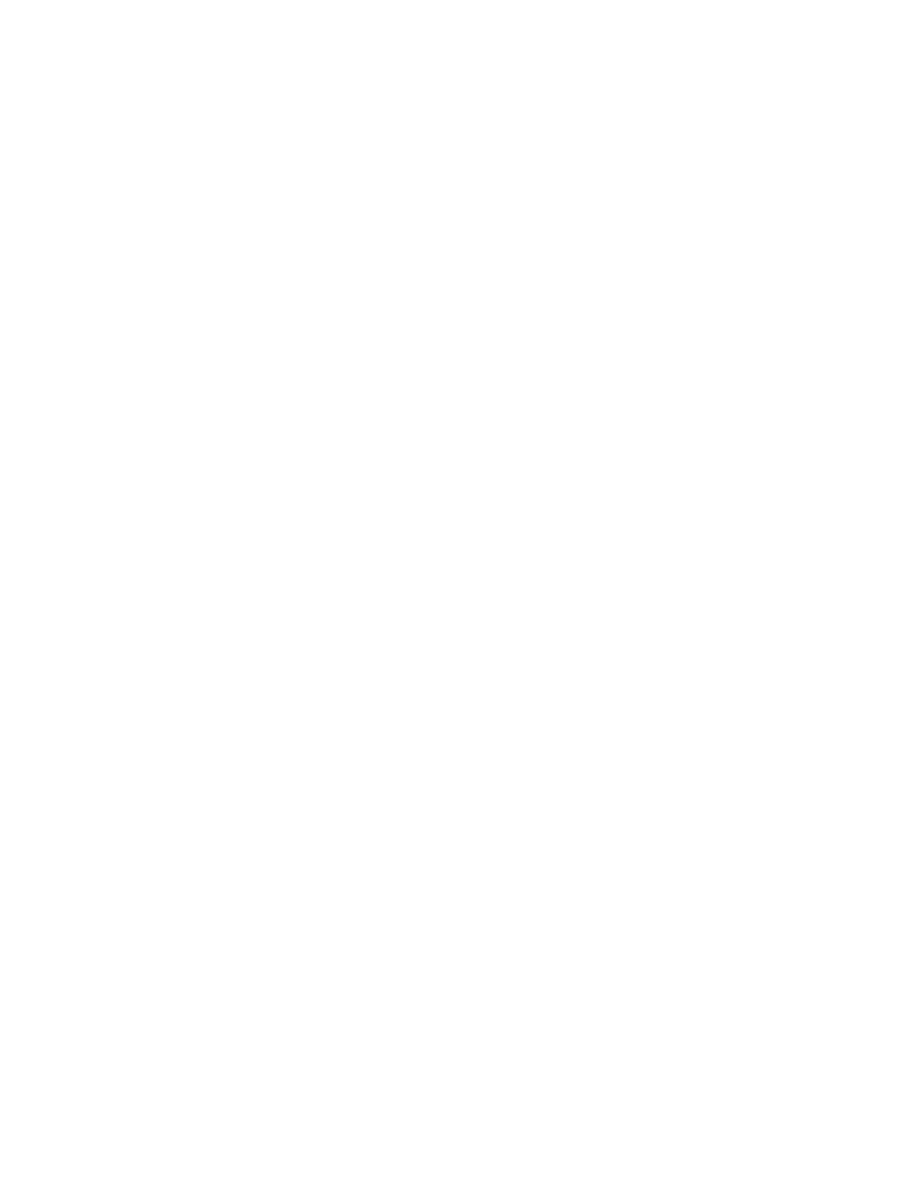
| Tweet |

Custom Search
|
|

|
||
 moderately severe environments. Near-white metal blast is the most cost-effective standard for most ship
surface preparation where abrasive blasting to bare metal is specified.
c. Commercial Blast SP-6 is not an acceptable method of blasting on Army watercraft.
d. Brush-Off Blasting SP-7 is not an acceptable method of blasting on Army watercraft.
e. High and Ultrahigh Pressure Waterjetting SP-12. Waterjetting is defined as achieving surface
cleanliness using high pressure or ultrahigh-pressure waterjets to remove paint, rust, scale or other
surface contaminants. Waterjetting is suitable for cleaning plating surfaces only. Waterjetting is not
suitable or authorized for cleaning framing, structural members or other sharply angled surfaces. When
waterjetting hull surfaces, all framing, structural members, and other sharply angled surfaces shall be
cleaned by abrasive blasting.
(1) Standards for waterjetting
a. Low-Pressure Water Cleaning (LP WC). Cleaning performed at pressures less than 5,000 psi.
Suitable for washing down surfaces and peeling loose paint from surfaces prior to Hand, SP-2 or Power
Tool, SP-3 Cleaning.
b. High-Pressure Water Cleaning (HP WC). Cleaning performed at pressures from 5,000 psi to
10,000 psi.
c. High-Pressure Waterjetting (HP WJ). Cleaning performed at pressures from 10,000 to 25,000
psi. Suitable for removal of paint to near-white metal; normally used on thin or easily damaged surfaces.
d. Ultrahigh-Pressure Waterjetting (UHP WJ). Cleaning performed in excess of 25,000 psi.
Normal method of removing paint, rust, scale, and other debris from hull surfaces.
(2) Waterjetting Surface Preparation Standards.
a. Waterjetting is not an acceptable method of cleaning new materials for installation. Waterjetting
will not remove all mill scale and provide an adequate surface profile for paint adhesion on new material.
All new material must be cleaned to White-Metal Blast standard SP-5 by abrasive blast prior to
installation.
b. WJ-1. Surface shall be free of all previously existing visible rust, coatings, mill scale, and
foreign matter and have a matte metal finish. Equivalent to White Metal Blast, SP-5.
c. WJ-2. Surface shall be cleaned to a matte finish with at least 95% of the surface area free of all
previously existing visible residues with the remaining 5% containing only randomly dispersed stains of
rust, coatings, and foreign matter. Equivalent to Near-White Metal Blast, SP-10.
d. WJ-3. 66% removal of previously existing coatings. Not an acceptable method of blasting on
Army watercraft.
e. WJ-4. Surface shall have all loose rust, loose mill scale, and loose coatings uniformly removed.
May be used to remove loose coatings and matter prior to Hand Tool Cleaning, SP-2 or Power Tool
Cleaning, SP-3.
(3) Safety. Waterjetting is capable of cutting through steel. Extreme caution must be exercised to
ensure that personnel performing cleaning operations are not exposed to the waterjet. Waterjetting can
be destructive to non-metallic surfaces, electrical installations, and other watercraft components. Extreme
care must be used to protect components from damage due to high-pressure pulsations or water
intrusion.
33
|
||
 |
||